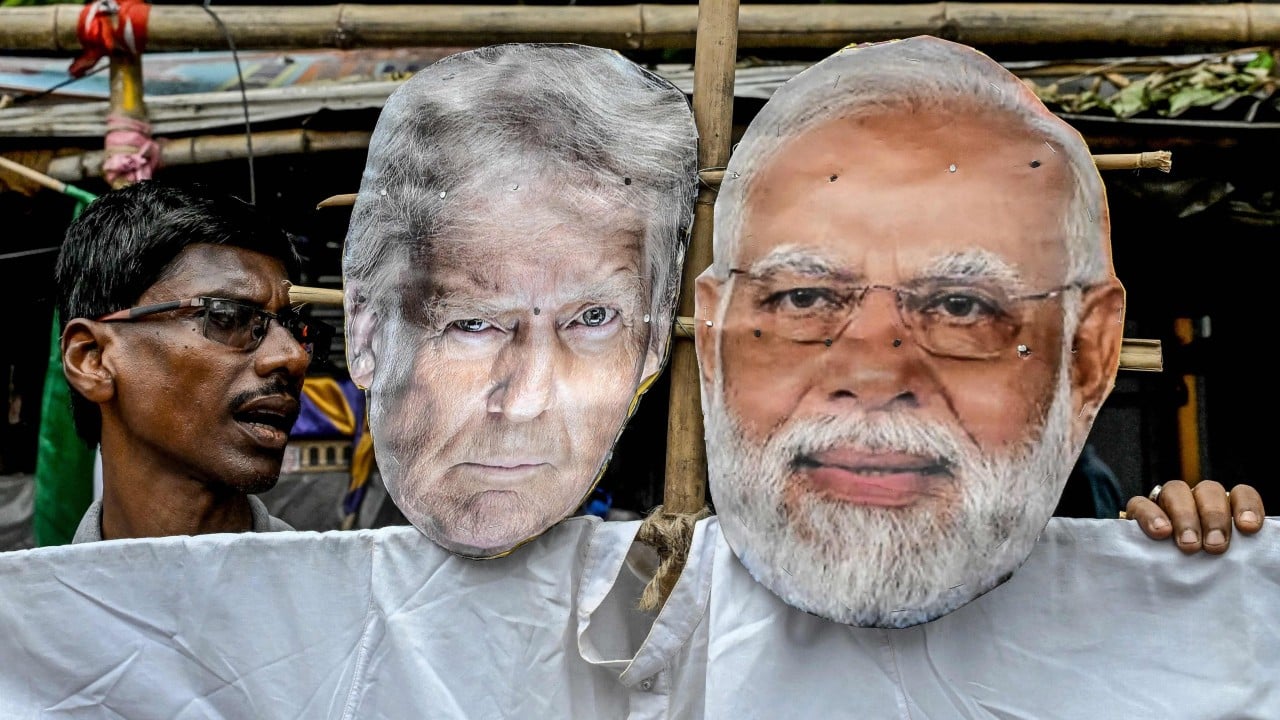The failure of trade negotiations between India and the United States after five intense rounds of talks marks a critical moment in the bilateral relationship between the two nations. The US tariff on Indian goods now stands at an eye-watering 50 per cent – 25 per cent effective from August 7, and a further 25 per cent levied to penalise India’s continued purchase of Russian oil. The additional tariff, announced last week, is expected to take effect on August 27.
Advertisement
With bilateral trade valued at over US$190 billion and India’s ambition to increase it to US$500 billion by 2030, both sides will have much to lose as the stand-off escalates. India, one of the world’s fastest-growing economies, offers an enticing market of 1.4 billion people, while the US, the world’s largest economy, wields significant influence in setting global trade standards.
The breakdown of negotiations reveals vulnerabilities in both sides’ negotiation strategies, political miscalculations and the impact of broader geopolitical factors. Lessons must be learned if the relationship is to be mended.
The negotiation process had begun with optimism. Indian officials, encouraged by US President Donald Trump’s statements about a potential “big” deal, were confident they could secure a rate of 10 to 15 per cent while eliminating tariffs on steel, aluminium and automotive products, according to a Reuters report.
These moves reflected India’s confidence as an emerging economic power with strong bargaining leverage. However, this confidence proved to be a double-edged sword. Trump’s statements, interpreted as positive signals, prompted India to harden its stance, Reuters said.
Advertisement
The government’s desire to balance the interests of farmers made Indian negotiators reluctant to offer further concessions. Thus, as the US signed deals with Japan and the European Union, India was caught off guard by the 25 per cent tariff announcement.

